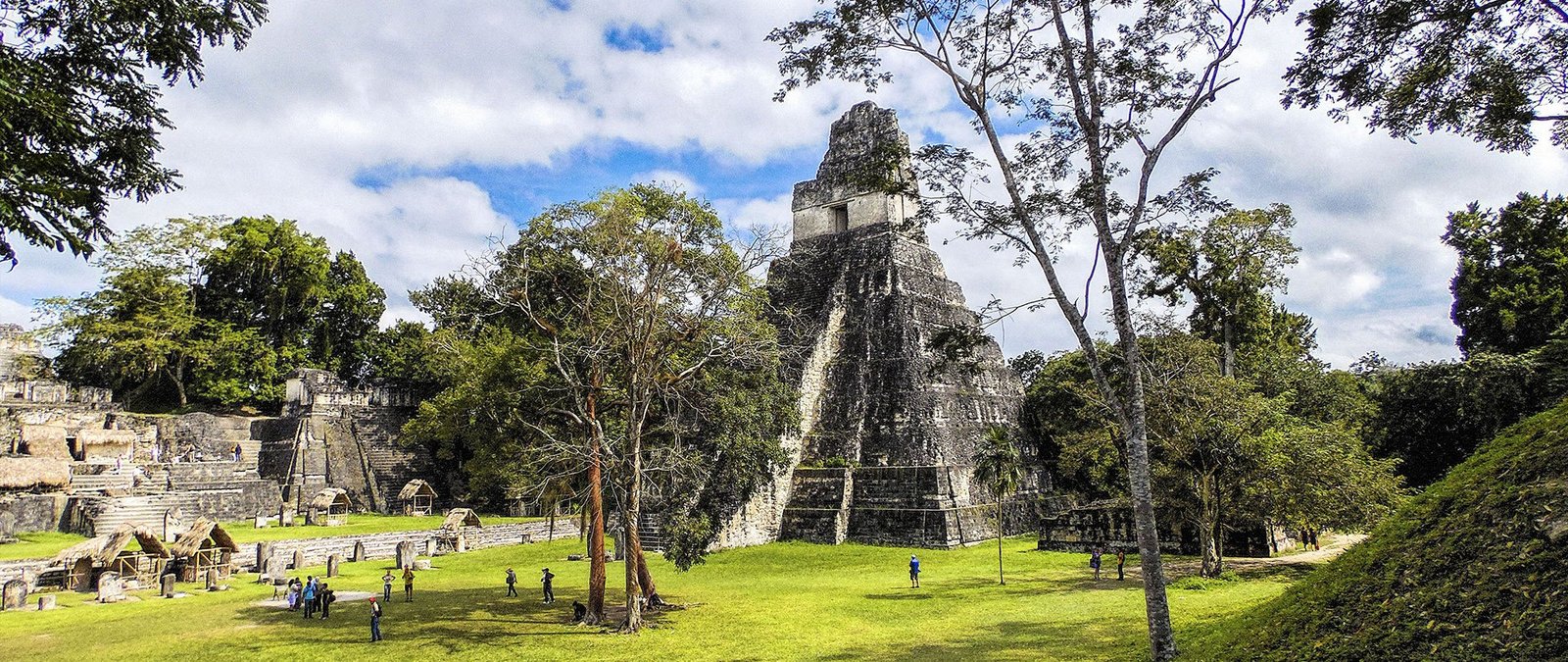
Archaeologist Tours in Guatemala
Our archaeological tours in Guatemala are immersions through time and history, a colorful experience across of the Mayan World, where centuries ago the ancient cultures thrived in the land of mountains, flowers and developed their science, arts, beliefs, rituals, and gods.
The Central America Ancient Mayan ruins are priceless. Mayan sites are the reason to travel to Central America. Not only do they stand out in the Americas, but their size and intricacy also rival ancient ruins all over the world.
Traditionally talking of The Mayan world leads us directly to the recognized Tikal, in the north region of Guatemala, Tazumal in El Salvador and Xunantunich in Belize, Palenque in Mexico and Copan in Honduras. However, all the region offers a variety of archeological places and ceremonial Centers millenarian witnesses of a civilization of complex social structures and policies.
The Maya culture flourished and continues to exist in a region of Mexico and Central America often referred to as Mesoamerica. This encompasses the Yucatan Peninsula (Yucatan, Quintana Roo, and Campeche) and Tabasco and Chiapas of present-day Mexico, Guatemala, Belize and the western parts of Honduras and El Salvador. Geographically the region is broken into the lowlands and the highlands.
Architecture and what you can learn about this magnificent civilization !!!
Limestone structures, faced with lime stucco, were the hallmark of ancient Maya architecture. The Maya developed several unique building innovations, including the corbel arch which was a false arch achieved by stepping each successive block, from opposite sides, closer to the center, and capped at the peak. Tombs were often encased within or beneath Maya structures.
Frequently new temples were built over existing structures. A honeycombed roof comb towered above many structures, providing a base for painted plaster that was the Maya equivalent of the billboard. In addition to temples, most Maya sites had multi-roomed structures that probably served as royal palaces as well as centers for government affairs.
Historically significant events, such as accessions, the capture or sacrifice of royal victims and the completion of the twenty-year Katun cycle, were recorded on stone stelae and tablets.





